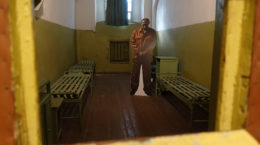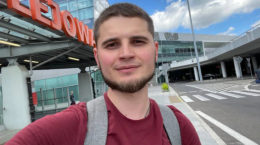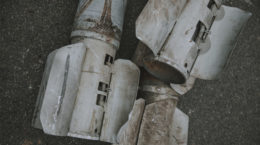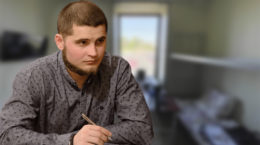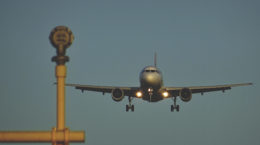Vereinigung für Vernetzung und Partizipation e.V. from Berlin (The Association for Networking and Participation) reports on their website about impressions from their trip to Vilnius. We also would like to share them with you.
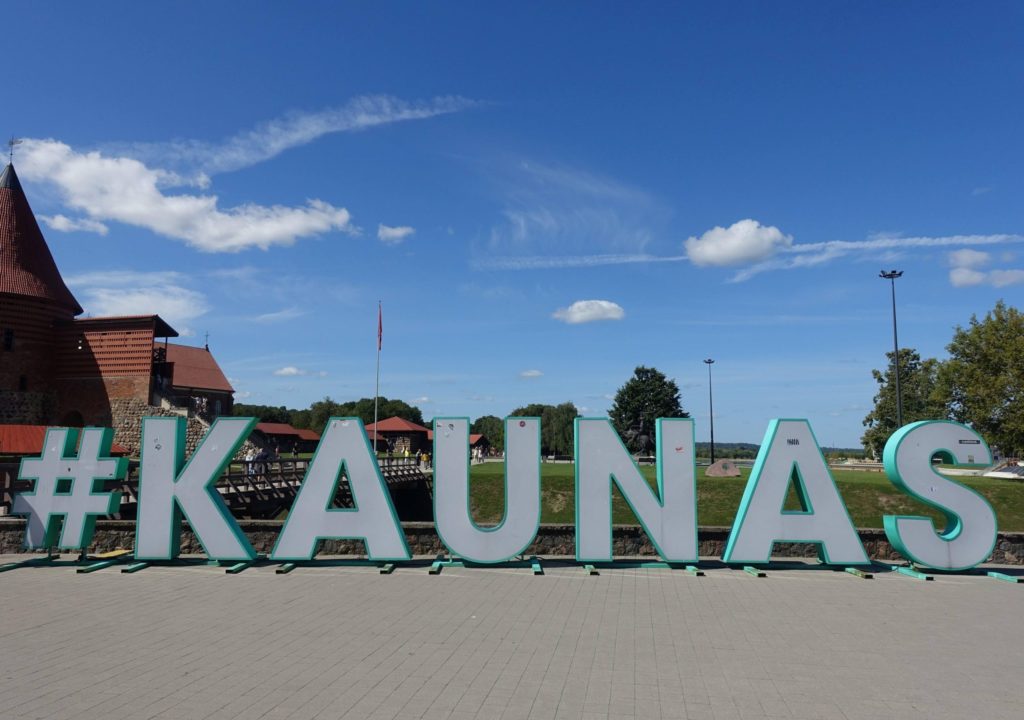
Today we went on an excursion to Kaunas, the second largest city in Lithuania, long a controversial border town, a capital in the 20th century, and today a student city that amazed us with ancient buildings and modern street art and graffiti.
Kaunas is the second largest city in Lithuania and was the capital of Lithuania in between (when Vilnius was occupied by Poland in the 1920s). When we get out of the car, the first thing that catches our eye is the large #Kaunas sign and the castle standing right behind it.
True, we skipped the museum in the castle this time, since the last few days there was too much information (and 30 degrees of heat). But if you want, you can read the text tablet:
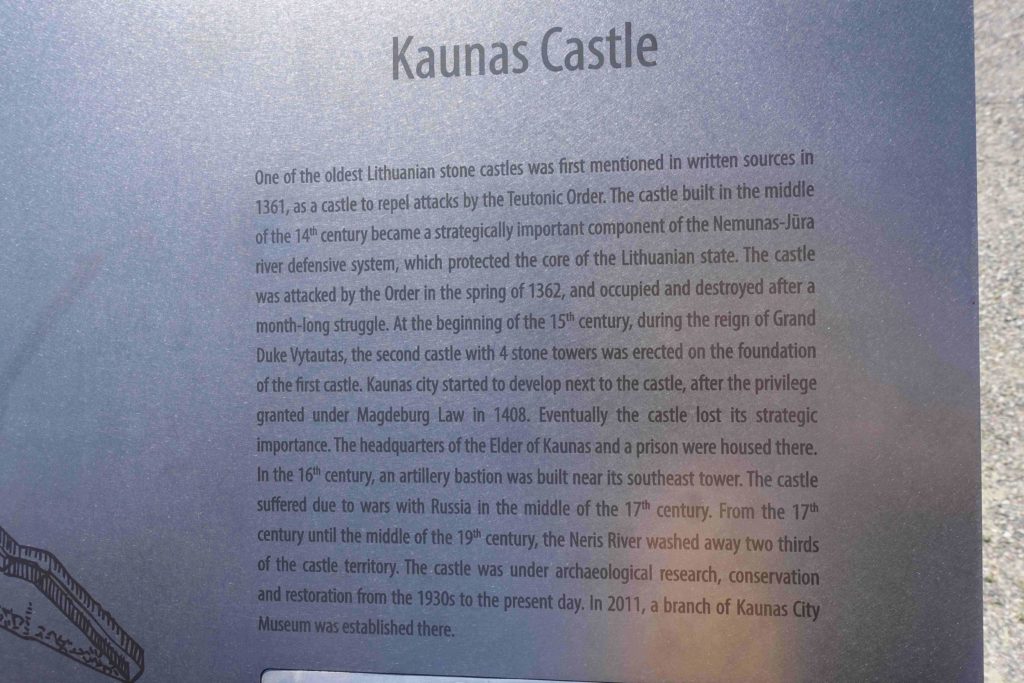
Instead we took a walk. The castle is located on a cape between two rivers. These are Nemunas (Memel) and Neris, which connect the city with Belarus, since the sources of these rivers are not far from Minsk.
History lesson
There was a very small history lesson, which we, who know terribly little about the history of Eastern Europe, really needed. The history of Kaunas is also associated with many battles. Whether it was Poland, Russia, Prussia, later Germany or Austria, someone always wanted to occupy Kaunas or Lithuania.
The Peace of Tilsit was concluded and signed on the Nemunas. This is a peace treaty between the Russian and French empires, which was concluded in 1807 in the middle of Memel in Tilsit. Tilsit is a city located on the territory of the modern Kaliningrad region on the border with Lithuania and now called Sovetsk. Napoleon and Tsar Alexander divided Europe into Russian and French spheres of influence. Prussia was divided in half, losing more than half of its population. More information about this can be found here.
Street art
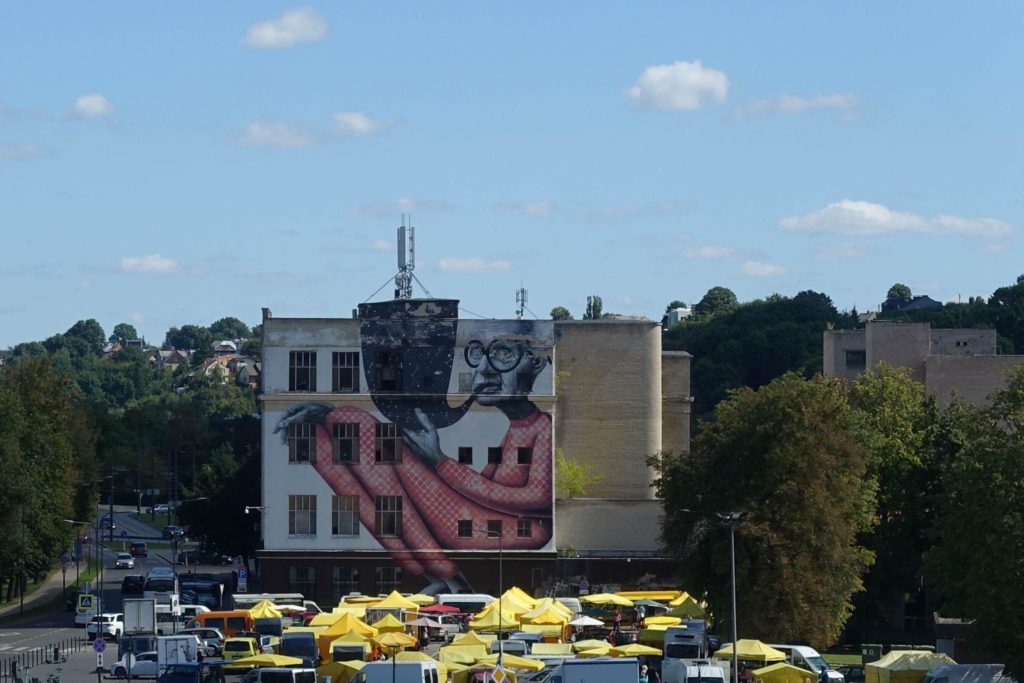
After a walk along the river we went in search of food. It came with a raisin-flavored drink, which the wasps also really liked.
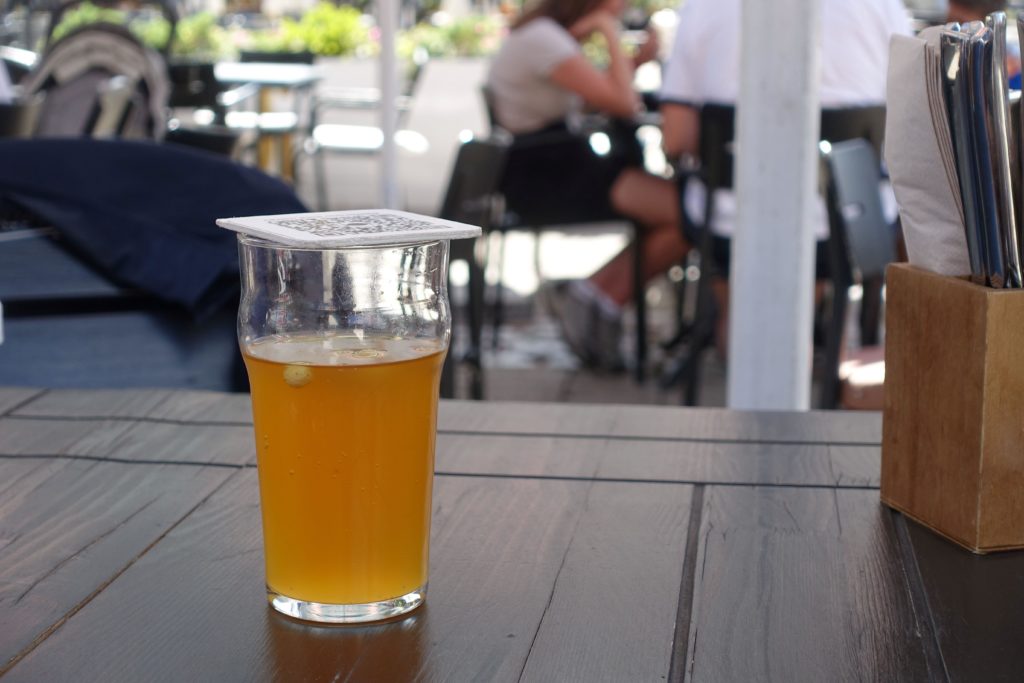
Afterwards we continued our walk through the old town and looked at the many old buildings and street art of Kaunas.
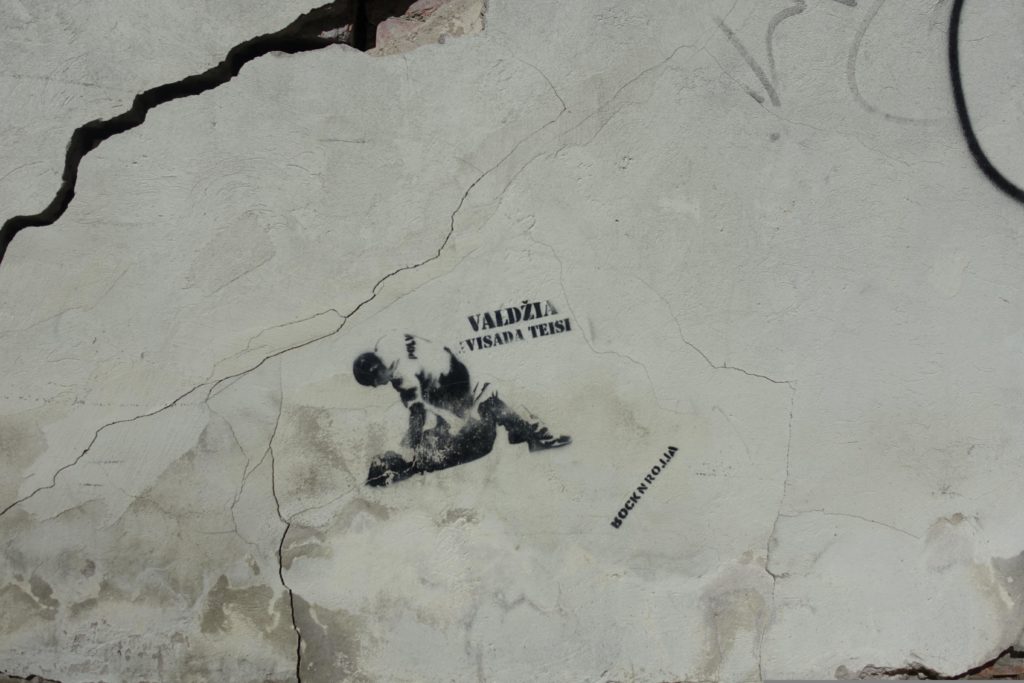
If our Google translation is correct, it says: “The government is always right”.
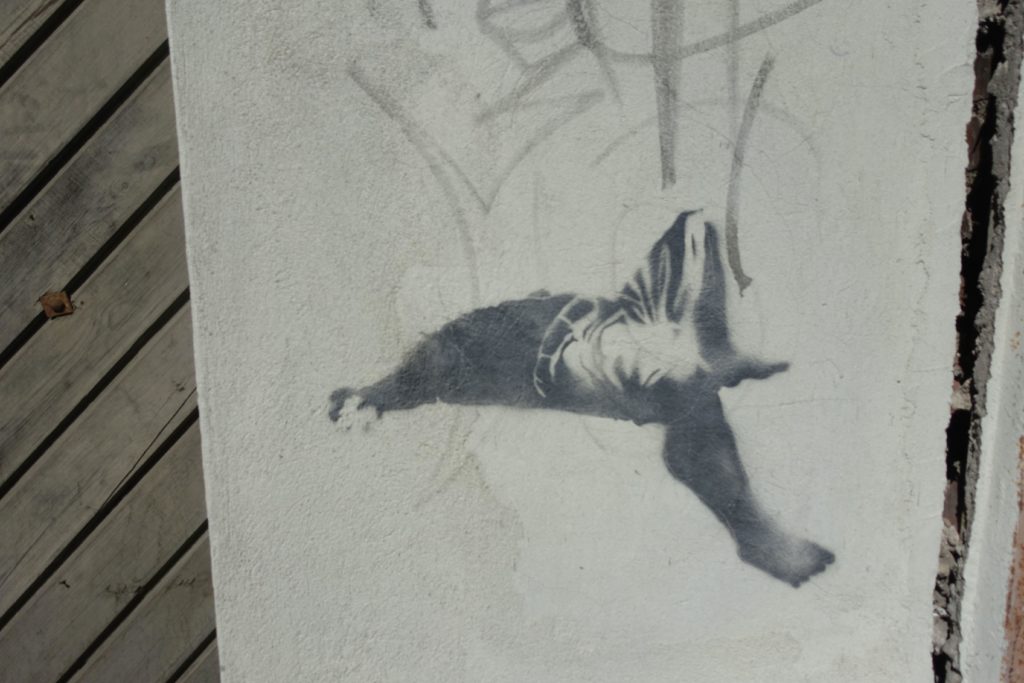
He’s doing well!
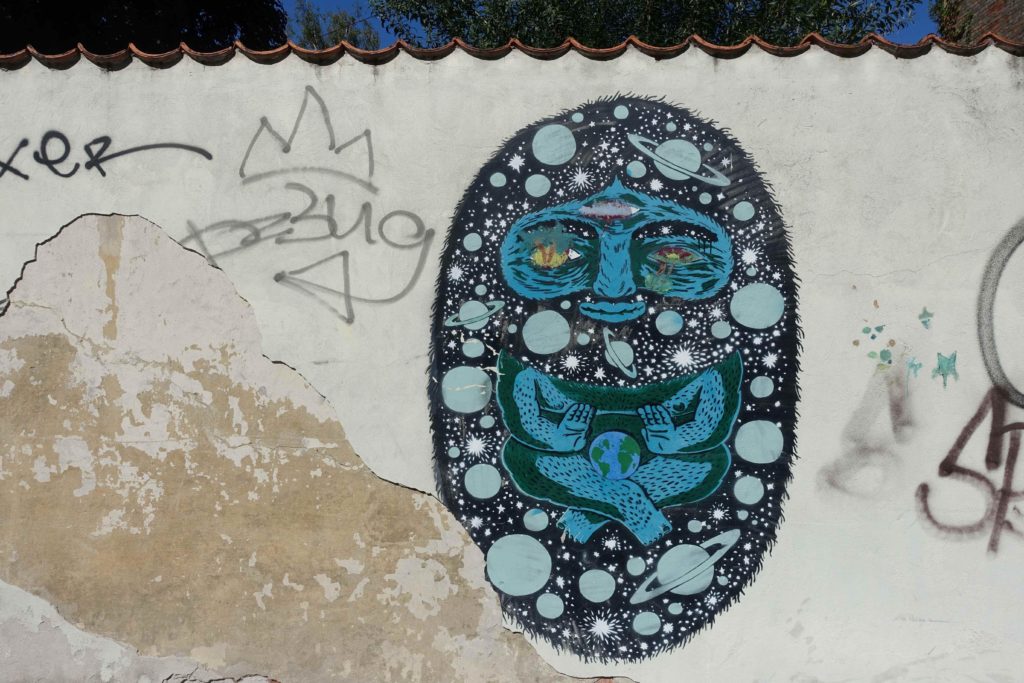
What does this work of art want to tell us? Well, interpreting art isn’t really our forte.
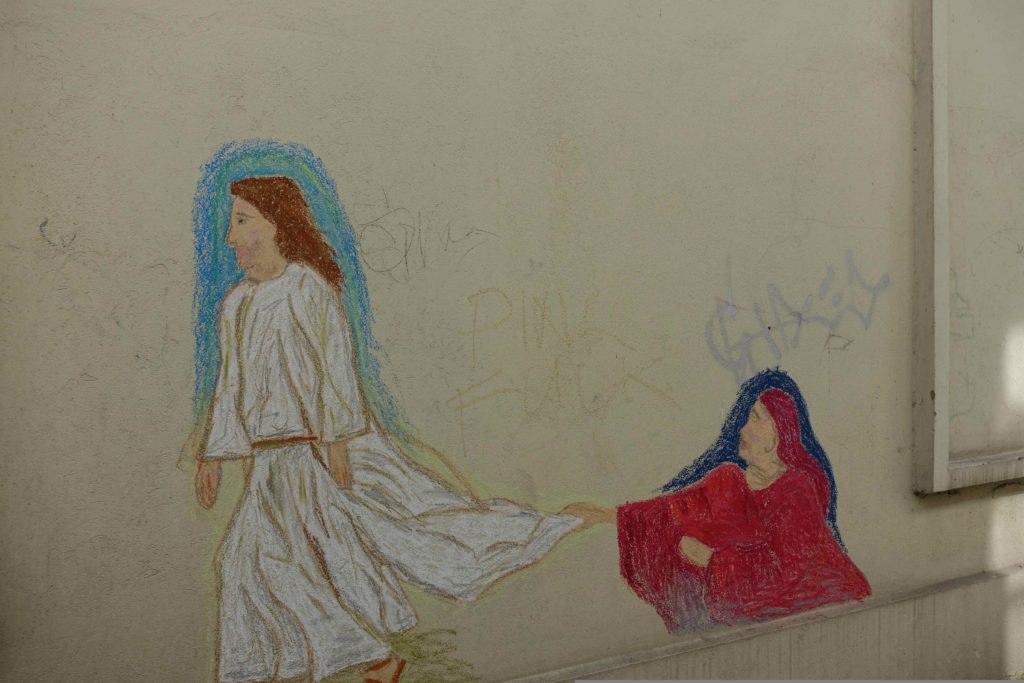
Wonder where they’re going?
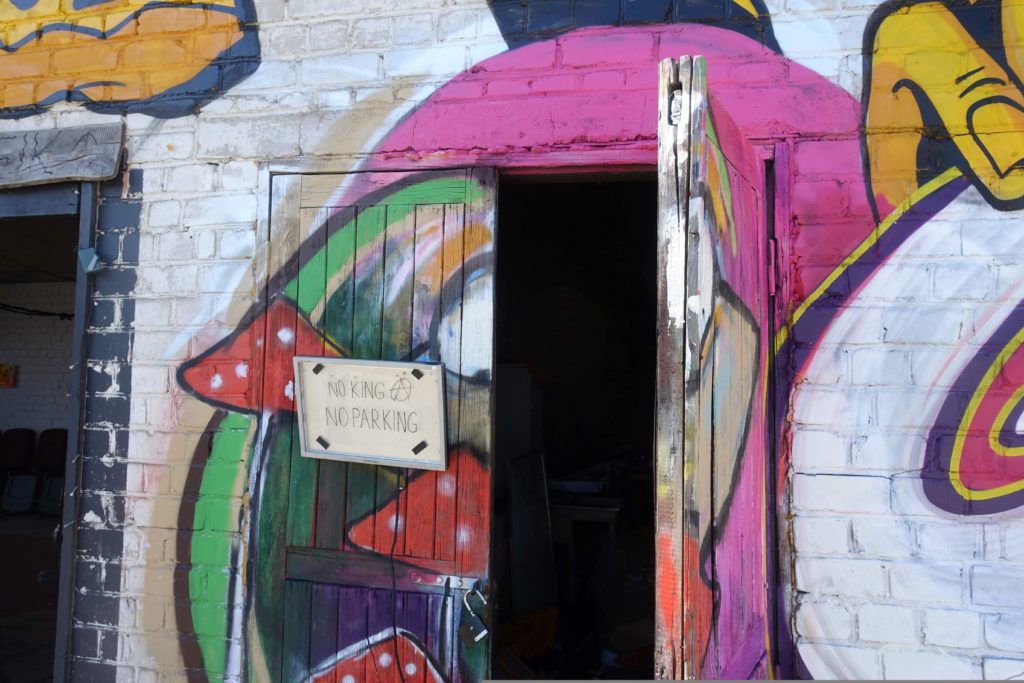
But in Kaunas there are not only painted walls, we also found a pedestal with the inscription: “In this place, on 11 May 2014, nothing in particular happened.”
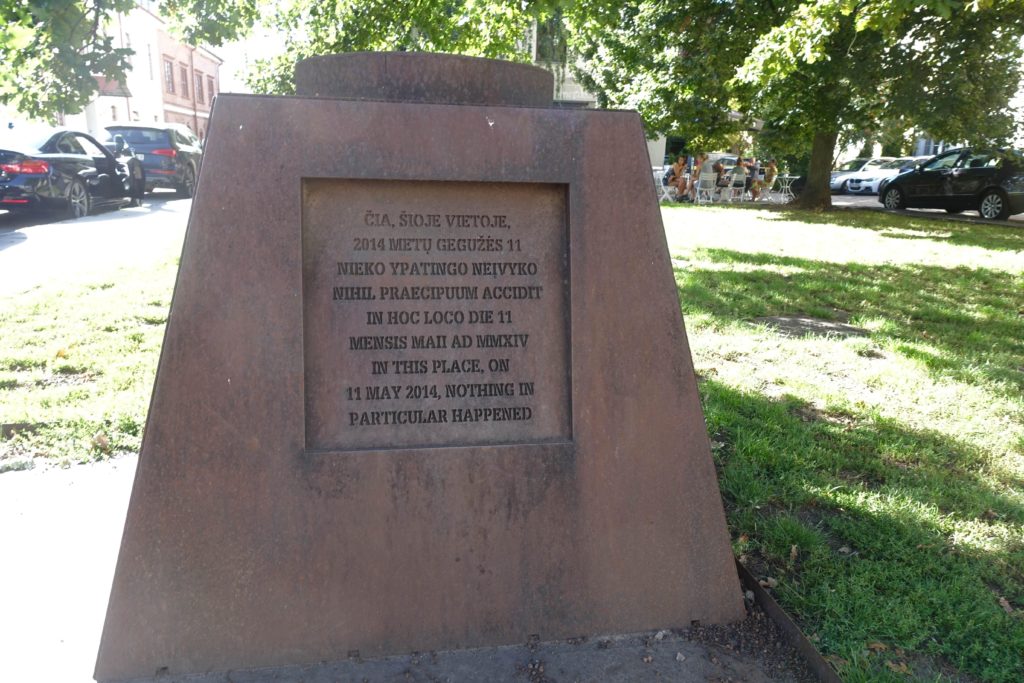
Very funny…
It all reminds us a little of Berlin, when we return we can open a gallery with our street art photographs. In the meantime, we are returning to Vilnius after a good but long day.





